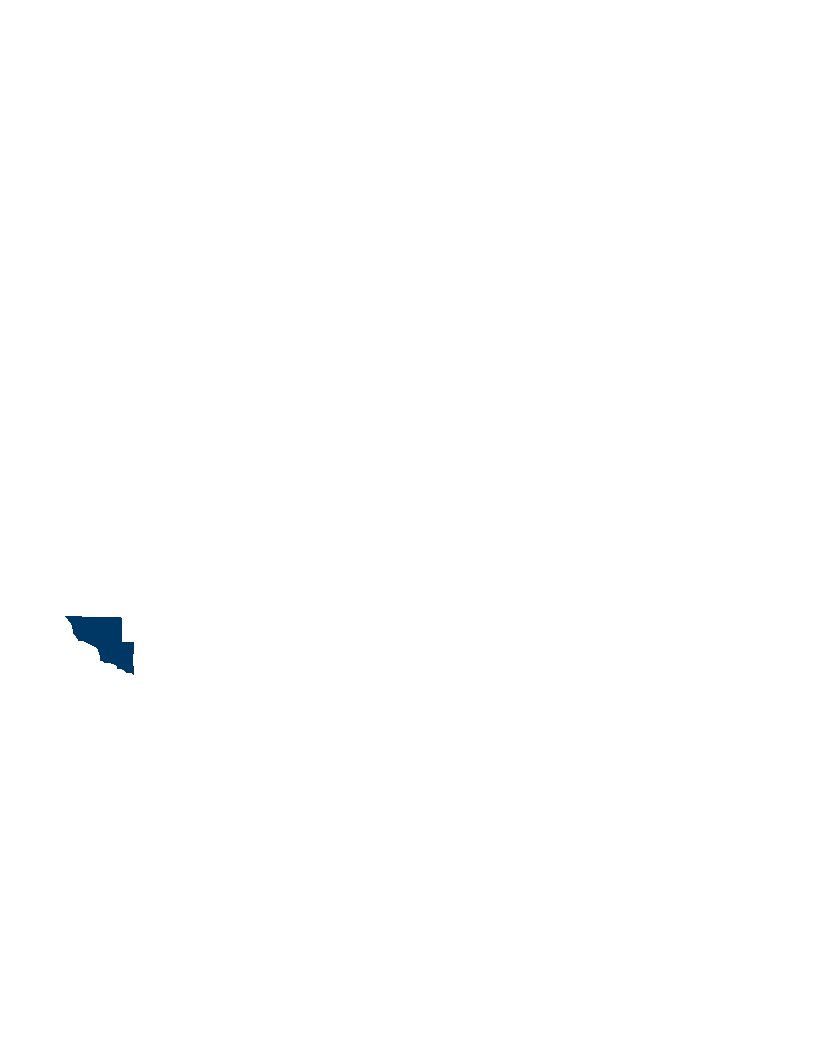Living Shallow Lake Enhancement & Wetland Restoration Initiative - Phase VII
This Phase 7 request for Ducks Unlimited's Living Lakes program will enhance 1,160 acres of shallow lakes and restore 120 acres of small wetlands by engineering and installing water control structures for Minnesota DNR and U.S. Fish & Wildlife Service on public lands and wetlands under easement. Structures will help DNR and Service agency partners restore wetland hydrology and actively manage shallow lake water levels to enhance their ecology for ducks, other birds, and hunters in Minnesota's Prairie Pothole Region. DU will engineer and design projects, and hire private contractors to restore wetlands and construct water control structures.
This is Phase 7 of Ducks Unlimited's ongoing shallow lake enhancement and prairie wetland restoration conservation program, and will enhance shallow lakes, enhance wetlands, and restore wetlands in the Prairie Pothole Region of SW Minnesota. DU provides wetland engineering services to the Minnesota DNR and U.S. Fish & Wildlife Service (FWS) to survey, design, and install water level control structures to enhance degraded shallow lakes and restore drained wetlands on public land and under easement. Water control structures will be used to conduct temporary water level draw-downs to rejuvenate shallow lake ecology and productivity. DU engineers will survey and design water control structures, and will manage their construction by private sector firms contracted by DU.
Shallow lake enhancement and wetland restoration are top priority actions in all major conservation plans for Minnesota. Our work addresses the habitat goals identified in North American Waterfowl Management Plan, Minnesota's Prairie Conservation Plan, and Minnesota's Duck Recovery Plan which calls for the active management of 1,800 shallow lakes and adding 64,000 wetlands to Minnesota's landscape. This work is time-sensitive because complex shallow lake enhancement projects take several years to design and implement, and because wetland restorations are critically needed for breeding waterfowl.
Healthy and abundant wetlands are required to sustain breeding and migrating waterfowl. Minnesota has lost approximately 90% of our prairie wetlands along with 99% of native prairie uplands around them. This has had a profound negative impact on breeding ducks and other prairie wetland wildlife here. Shallow lakes and wetlands that remain are often those that were too deep to drain years ago, and they now function as the core of Minnesota's remaining waterfowl habitat complexes. Unfortunately, these remaining wetland basins now often receive the excessive nutrient-laden water runoff from an intensively drained and interconnected landscape through which invasive fish such as carp have improved access. As a result, many of our remaining wetlands and shallow lakes are turbid and degraded due to highly drained watersheds, high and stable water levels in which nutrients collect and carp and other invasive fish proliferate. The result is that aquatic ecology functions stagnate and wetland productivity declines, and wetland basins with few aquatic plants and invertebrates result. This is especially detrimental to diving ducks and other species that rely exclusively on aquatic plant and invertebrate foods within wetlands and shallow lakes to survive. These factors have caused a decline in Minnesota's diverse waterfowl resources, and in Minnesota's rich waterfowling tradition.
This funding request will support DU projects that biologists and wetland engineering staff assess for shallow lake and wetland restoration project feasibility, and design and manage construction of water control structures and fish barriers required to improve public water shallow lakes and restore wetlands in the Prairie Pothole Region of SW Minnesota. Funding will support ongoing shallow lake technical assistance from DU biologists and engineers to assess, survey, and design future projects for implementation under future OHF appropriations for this program.
$3,960,000 the first year is to the commissioner of natural resources for an agreement with Ducks Unlimited to restore and enhance shallow lakes and wetlands on public lands and wetlands under permanent conservation easements for wildlife management. A list of proposed shallow lake enhancements and wetland restorations must be provided as part of the required accomplishment plan.
Wetland and upland complexes will consist of native prairies, restored prairies, quality grasslands, and restored shallow lakes and wetlands - This program will restore and enhance wetlands on federal Waterfowl Production Areas and USFWS Habitat easements, and similar wetlands for MNDNR, each of which will be selected strategically by USFWS and MNDNR to benefit existing wetland complexes and migratory birds for both breeding and migration habitat, and which will be monitored by USFWS and MNDNR.
Enhanced shallow lake productivity - Wetland and shallow lakes restored or enhanced via temporary water level draw-downs by DU-engineered and installed water control structures will be assessed by Minnesota DNR shallow lakes program surveys both before and after draw-downs to document improvements in water clarity, abundance of aquatic plants, and overall improvements in the aquatic ecology of each basin. Minnesota DNR and U.S. Fish & Wildlife Service field staff also conduct periodic counts of waterfowl and other wildlife using these basins in both spring and fall, along with hunters, and thus wildlife and human use is also monitored on a more informative opportunistic basis
and DU private and federal NAWCA funds
























